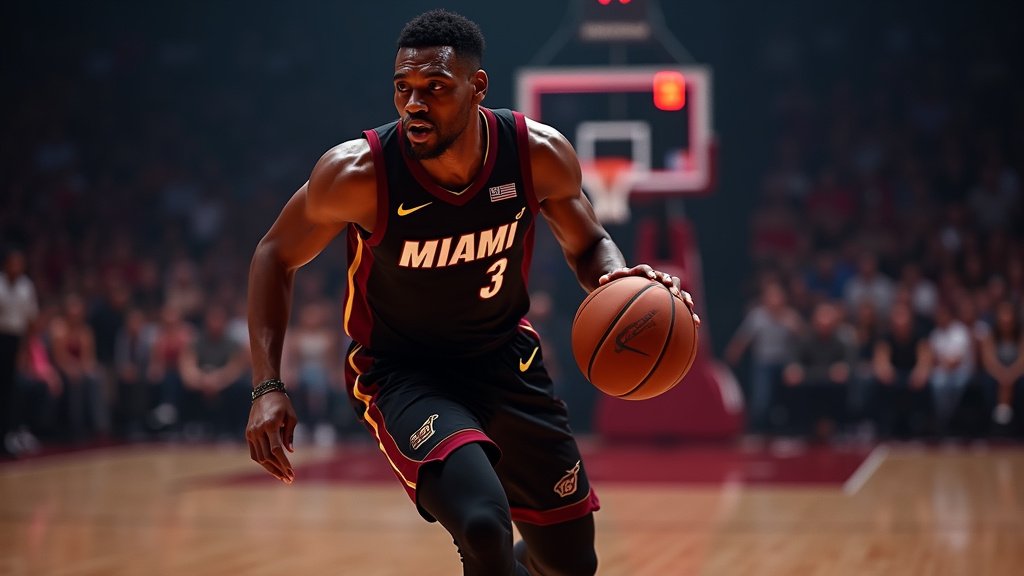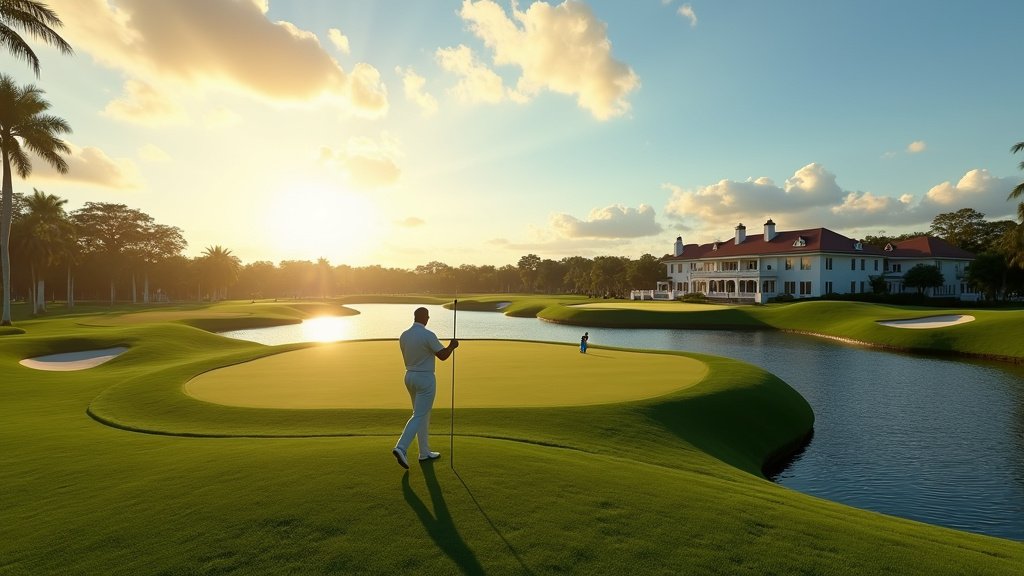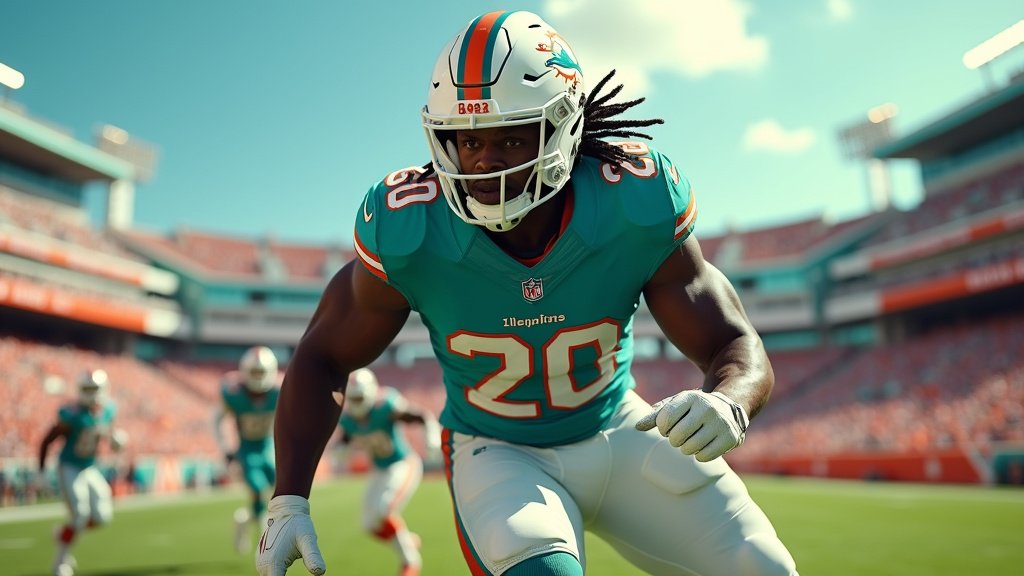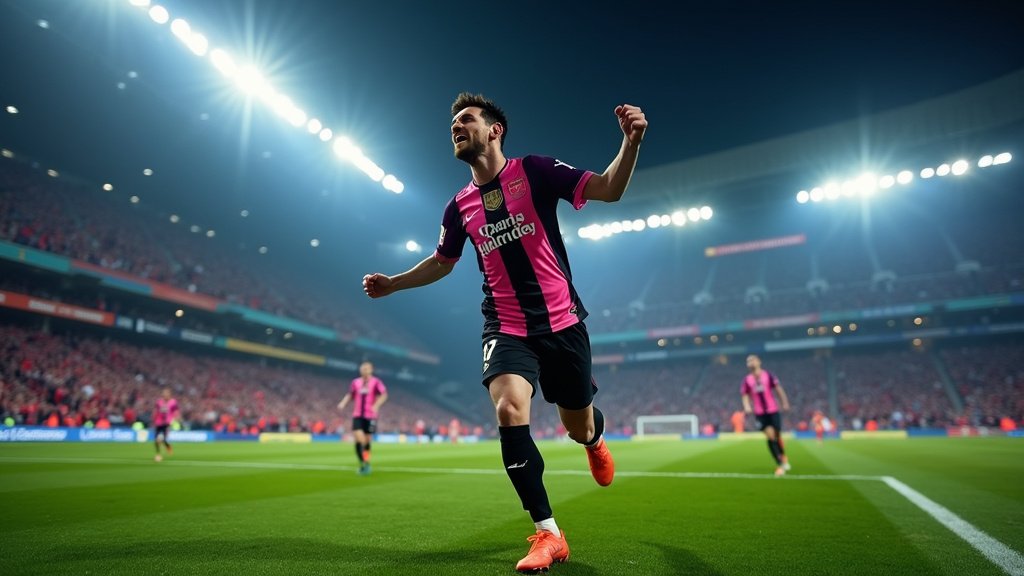The global basketball landscape remains in constant motion, and the Miami Heat organization has been at the forefront of activity as teams across the National Basketball Association navigate a pivotal period of roster construction and strategic planning. In significant moves shaping their future trajectory, the Heat recently made key additions through the draft and post-draft signings, signaling a clear intent to build for both immediate competitiveness and long-term sustainability.
Central to these developments was the selection of Kasparas Jakucionis. The Heat utilized the No. 20 pick in the upcoming 2025 NBA Draft to acquire the young talent, a move that immediately generated discussion among analysts and fans alike regarding the team’s strategic vision and the profile of player they sought to integrate into their established system.
The Arrival of Kasparas Jakucionis at Pick No. 20
The selection of Kasparas Jakucionis with the No. 20 overall pick in the 2025 NBA Draft represents a calculated decision by the Miami Heat’s front office. The draft process is a complex endeavor involving extensive scouting, evaluation, and projection, culminating in teams making high-stakes choices that can define their path for years. Securing a player within the first round, particularly at the No. 20 position, affords teams the opportunity to add significant potential with the added benefit of a rookie scale contract, which provides cost control and allows for focused player development.
While details about Jakucionis’s specific skillset are limited based on the initial announcement, the reporting surrounding the selection indicates a significant factor in the Heat’s decision was the perceived “cultural fit”. This term holds particular weight within the Miami Heat organization, often signifying a player who embodies the franchise’s core values of dedication, resilience, work ethic, and a team-first mentality. The Heat have historically prioritized players who align with this demanding culture, believing it is essential for success within their structured environment. A player identified as a strong cultural fit is often seen as someone likely to embrace the team’s rigorous training regimen, defensive principles, and selfless approach to the game. The emphasis on this aspect suggests the Heat see Jakucionis not just for his on-court abilities but for his potential to integrate seamlessly into the existing locker room dynamic and embody the ‘Heat Culture’ ethos that has been a cornerstone of their identity.
Drafting a player like Jakucionis with the 20th pick in the 2025 draft cycle allows the Heat to add a promising prospect to their pipeline. First-round picks typically come with expectations of eventually contributing to the senior roster, though the timeline for development varies greatly depending on the player’s age, experience, and the team’s needs. The specific year of the draft (2025) as referenced indicates this is a forward-looking move, acquiring rights to a player who is part of that particular draft class.
Post-Draft Additions: Vladislav “Vlad” Goldin Joins on a Two-Way Contract
Immediately following the conclusion of the draft activities, the Miami Heat continued to actively shape their roster, turning their attention to securing additional talent. One notable move was the signing of center Vladislav “Vlad” Goldin to a two-way contract. Goldin, a collegiate standout, comes to the Heat after spending time with both the University of Michigan and Florida Atlantic University (FAU) during his college career.
Signing a player to a two-way contract is a strategic mechanism within the NBA that provides teams with added roster flexibility and player development opportunities. A two-way contract allows a player to shuttle between the NBA team and its NBA G League affiliate. This structure enables players to gain valuable professional experience, hone their skills in a competitive environment, and remain readily available to the parent club for call-ups. For a player like Goldin, it offers a direct path into the Heat organization, providing access to NBA-level coaching, training facilities, and exposure, while also guaranteeing significant playing time and development opportunities in the G League.
Goldin’s background as a center from programs like Michigan and FAU suggests the Heat are adding depth and potential size to their frontcourt. Collegiate centers often require refinement of their game for the NBA level, making the two-way contract an ideal vehicle for his development within the Heat’s system. His journey from college to a professional contract underscores the myriad paths players can take to reach the NBA ranks.
Navigating the Roster Construction Landscape
This period represents an intensely busy time for both the Miami Heat organization and the broader NBA. Beyond the high-profile draft selections, teams are engaged in a continuous process of roster building, which includes evaluating undrafted free agents, negotiating contracts, preparing for summer league play, and positioning themselves for potential trades or future free agency periods.
One specific detail highlighted is that the Heat did not possess a second-round pick in the aforementioned draft. This meant their opportunities to add talent directly through the draft were concentrated on their single first-round selection at No. 20. Consequently, post-draft activities, such as the signing of players like Vladislav Goldin, become even more crucial for filling out the roster, particularly for developmental spots, summer league teams, and training camp invitations. The team is reportedly actively filling out its summer roster, indicating a concerted effort to bring in players for evaluation ahead of the upcoming season, often utilizing events like the NBA Summer League as a proving ground.
The combination of drafting a prospect like Kasparas Jakucionis, who is seen as a cultural fit, and signing a developmental player like Vladislav Goldin to a two-way contract illustrates the multi-faceted approach the Heat are taking. It reflects a strategy that balances acquiring potential future contributors through the draft with finding immediate developmental assets who can potentially fill specific needs or emerge as pleasant surprises through the G League system. These moves occur within a whirlwind of activity across the league as teams finalize their personnel ahead of the next NBA season cycle.
Strategic Implications and Future Outlook
The decisions made during this busy offseason phase carry significant strategic implications for the Miami Heat. The selection of a player like Jakucionis, particularly one identified strongly with the team’s culture, suggests a commitment to developing talent within their established framework. It speaks to a belief that finding players who fit the organizational identity is as important as pure on-court talent in building a cohesive and successful team.
Similarly, utilizing a two-way contract for Vladislav Goldin is a standard but vital practice for NBA teams. It provides low-risk, high-reward opportunities for both the player and the club, allowing the Heat to develop a potential asset while maintaining flexibility under the salary cap and roster limits. It underscores the importance of the G League as a vital component of the player development pipeline for modern NBA organizations.
With their first-round pick secured and developmental contracts being finalized, the Heat continue their work to shape the team that will take the court. The lack of a second-round pick meant their draft capital was concentrated, making the No. 20 selection particularly significant. Their reported activity in filling out the summer roster confirms the ongoing nature of this process. Every signing, every evaluation, contributes to the overall picture of the team they are assembling.
In conclusion, the Miami Heat’s recent activities, highlighted by the selection of Kasparas Jakucionis with the No. 20 pick in the 2025 NBA Draft and the signing of Vladislav “Vlad” Goldin to a two-way contract, represent calculated steps in their continuous effort to build a competitive roster. These moves, undertaken during a characteristically busy time for the franchise and the league, showcase the Heat’s strategic approach to acquiring talent, prioritizing cultural alignment, and utilizing available roster mechanisms like two-way contracts to foster development and maintain flexibility as they prepare for the seasons ahead.




